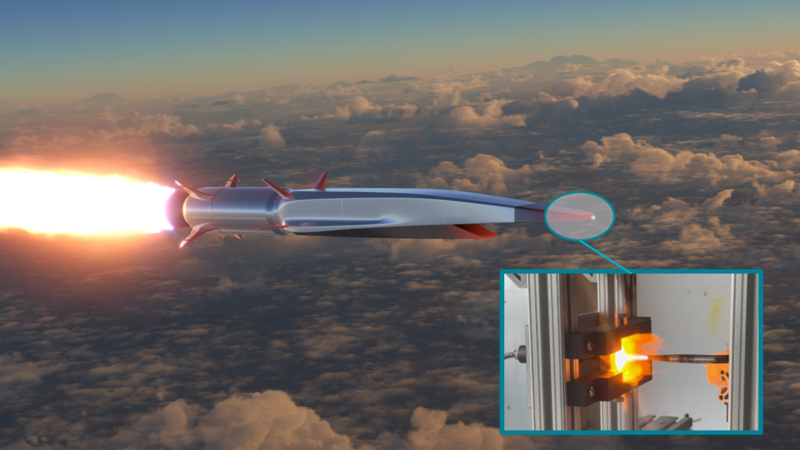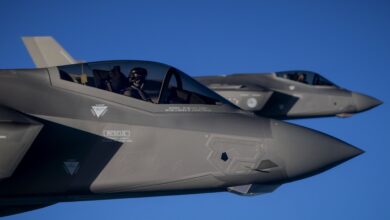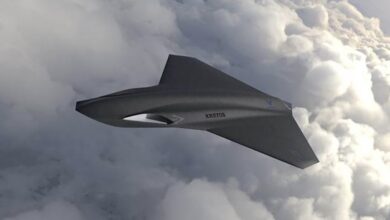USAF Funds Hypersonic Thermal Protection System That Sweats
Canopy Aerospace has clinched a $2.8 million US Air Force funding to develop a more resilient hypersonic thermal protection system (TPS) based on transpiration-cooling.
An integrated TPS shields hypersonic platforms from extreme heat at over Mach 5, with temperatures reaching 3,000 degrees Celsius (5,432 F).
The Canopy system works on the same cooling principle as sweating or how plants cool themselves through evaporation.
In the case of TPS, a “highly-pressurized fluid” is expelled on the hypersonic vehicle’s surface and as the fluid evaporates instantly, it “forms a protective insulative layer for the vehicle that protects it from the extreme aerothermal heating generated from friction between the vehicle skin and the atmosphere,” the Denver-based firm explained.
Greater Hypersonic Speed, Maneuverability
Canopy has leveraged its advances in additive manufacturing of ceramic materials to develop the system, enabling hypersonic platforms to achieve greater speed and maneuverability.
“I think the biggest technological or industrial capability we can invest in would be to increase our production rates, particularly, of the thermal protection systems and additive – thermal protection systems for glide vehicles and additive manufacturing for cruise missile engines,” Director of the Joint Hypersonic Transition Office of the Under Secretary of Defense for Research & Engineering Gillian Bussey said.
Health Monitoring System
The second project entails inserting sensors inside TPS material, enabling a greater degree of understanding of material ablation or damage and the ability to structurally monitor the TPS throughout its lifespan.
A plasma layer is formed around space re-entry and hypersonic flights, making it difficult for traditional sensors and communication protocols to work.
Sensors inserted in the TPS material have a much better chance of monitoring the system.
Enables Design Extension, Reduces Downtime
Additionally, the Health Monitoring Systems for Re-entry Systems or Smart TPS enables “extension of design envelope for future systems development and reduces downtime needed for maintenance and inspection of strategic nuclear re-entry systems,” Canopy explained.
The investment will enable engineering in manufacturability, ground testing, and integration trials, leading up to flight readiness at the conclusion.
It is part of a broader push by the Department of the Air Force and the Pentagon to modernize its strategic weapons portfolio and aligns with the US Air Force’s goal to develop resilient long-range strike capabilities against advanced threats.












